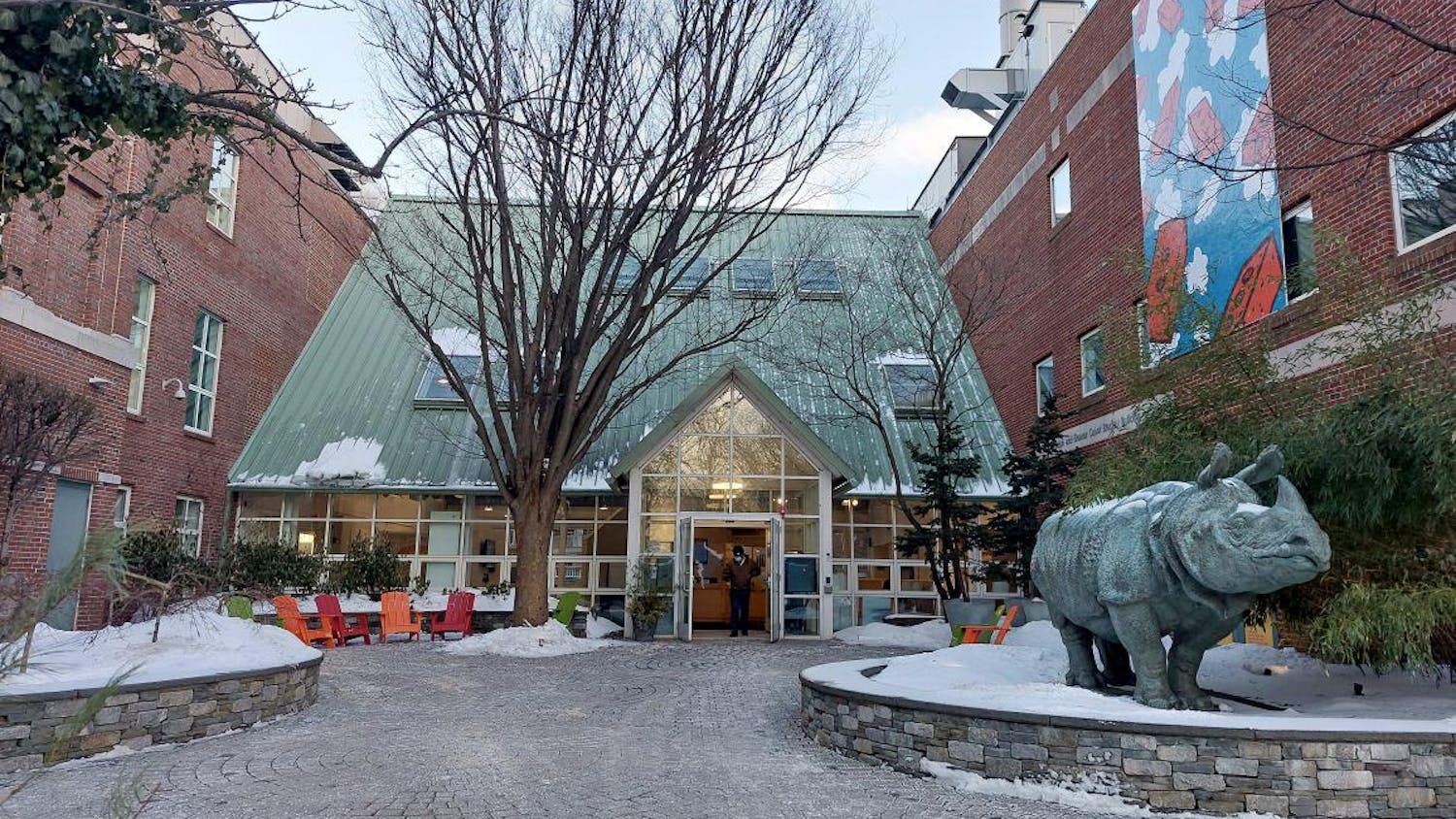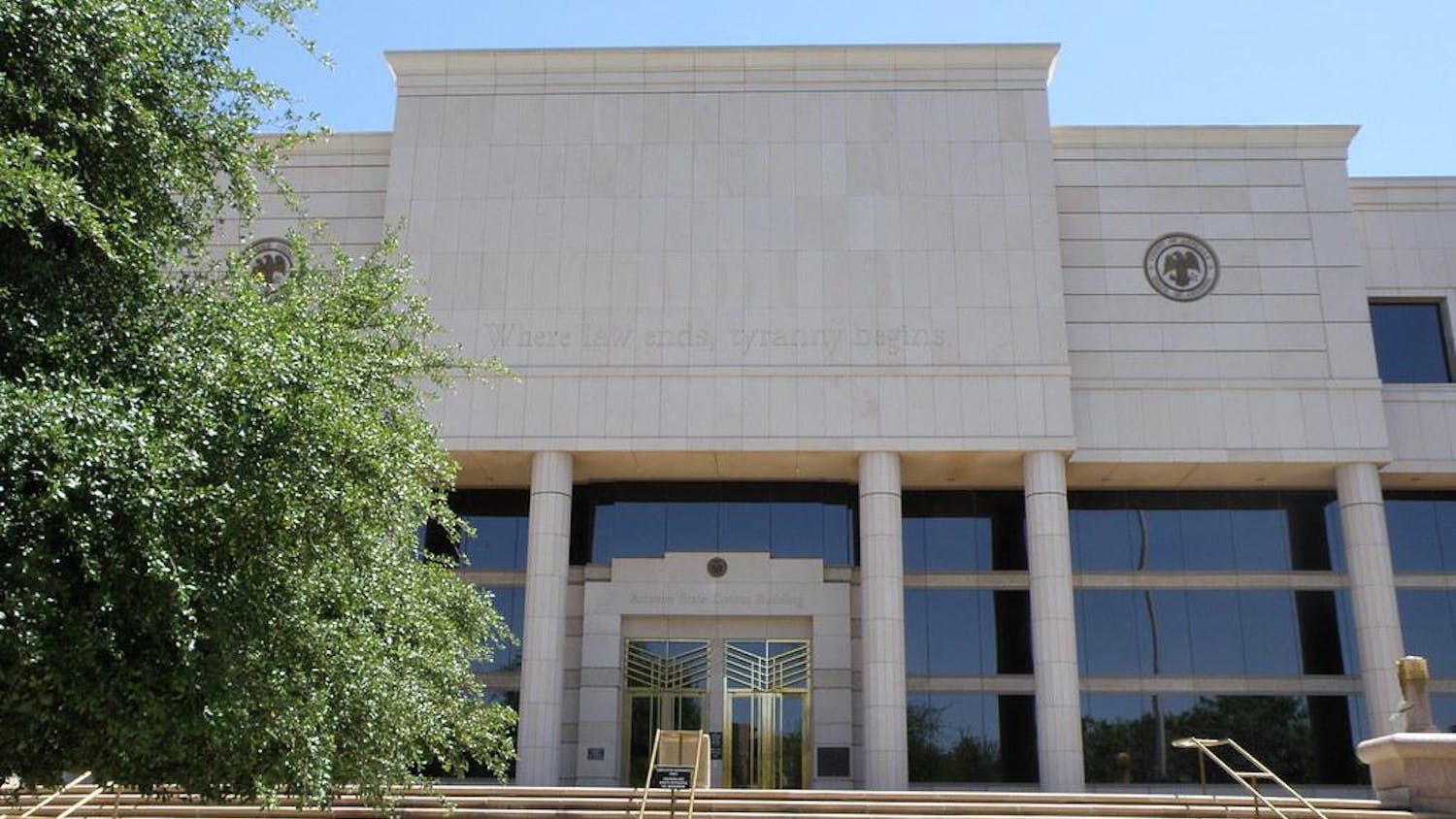Over the weekend of Jan. 25, part of the ceiling in Eaton Hall Room 202 collapsed, causing the temporary relocation of the room’s classes. Jeff McKay, the director of building operations on the Medford campus, noted that the damage was in the ceiling itself and not related to the structural integrity of the building. However, this is not the first time Eaton Hall experienced these issues; in 2017, Eaton’s ceiling plaster damage led to four temporary classroom closures. Eaton’s past and current deficits highlight a clear disparity between the quality of Tufts humanities buildings and the quality of Science, Technology, Engineering and Mathematics (STEM) facilities. Humanities fields teach students about our world and how to learn in an ever-changing environment, fostering global perspectives and critical creative thinking skills. For this reason, humanities disciplines prove just as valuable as the STEM fields of study; However, Tufts’ prioritization of STEM facilities over humanities lies in contrast with this fact. Tufts must renovate and improve the quality of its humanities facilities in order to reflect the true importance of humanities fields and demonstrate equity among all areas of study.
In addition to Tufts’ main computer lab, Eaton houses courses from many humanities departments, including anthropology, classical studies, philosophy, religion, sociology and studies in race, colonialism, and diaspora. Despite being one of the largest humanities buildings on Tufts’ campus, Eaton has several issues that have yet to be fixed. With the exception of the computer lab, it has not undergone a major renovation since the mid 1960s. Aside from Eaton’s apparent safety hazards, many of the classrooms are old and outdated, lacking beneficial features such as adequately sized desks and rolling chairs, and others have little room for desks.
Unfortunately, some humanities buildings such as Miner and East Halls currently face the same problems as Eaton, also lacking the features and refreshed quality that other buildings hold. Additionally, Lincoln Filene Hall, which previously held the Johnathan M. Tisch College of Civic Life, faces demolition and the university currently holds no plans for the construction of another new building in its place: Tufts not only does not allocate resources to humanities departments but fails to provide physical space as well. Ultimately, across disciplines and facilities, humanities classes lack the needed facilities of a proper academic environment that fosters learning, with clear deficits in features, available space and overall quality of facilities.
The unacceptable inequity of the university’s humanities buildings comes to light through the discussion of its freshly renovated STEM facilities.In 2015, the Collaborative Learning and Innovation Complex located at 574 Boston Ave. opened,housing the physics, astronomy, occupational therapy and community health departments.The building features a human factors engineering lab and classrooms with both tables and chairs on wheels in order to encourage collaborative group work. This trend of STEM renovations has only increased over time: In 2017, the university built the Science and Engineering Complex (SEC) as part of a $110 million project that included both the SEC’s construction and the renovation of the STEM-oriented Robinson Hall. Additionally, the Joyce Cummings Center will house a variety of non-humanities disciplines when finished, including the computer science, economics and mathematics departments. Further, these glamorous facilities starkly contrast the crumbling Eaton Hall, highlighting a clear issue with Tufts’ priorities; the university does not seem to have a problem with investing in innovative building features or beautiful architectural aesthetics for STEM fields, but it struggles to provide structural integrity, basic technological resources or even fresh carpeting for humanities disciplines. While new facilities for STEM students importantly accommodate the growing popularity of majors such as computer science and provide facilities for lab work, the large disparity between STEM and humanities buildings is unacceptable. The renovation of Eaton and other humanities facilities proves vital to leveling the playing field of Tufts’ departments and showing the university’s equal values across academic fields; Tufts must renovate current buildings to accommodate for the specific needs of humanities students just as it has done for STEM students.
Given its purported commitment to the liberal arts, it is Tufts’ duty to create a learning environment in which students from all majors can prosper and equally benefit from their educational experiences, and the renovation of humanities facilities to include upgraded technology and refreshed learning spaces is vital for the university’s fulfillment of this duty. Only after this renovation will Tufts fully reflect the importance of all areas of study, humanities as well as STEM.
Editorial: Tufts must improve humanities facilities in order to preserve equity among academic disciplines






